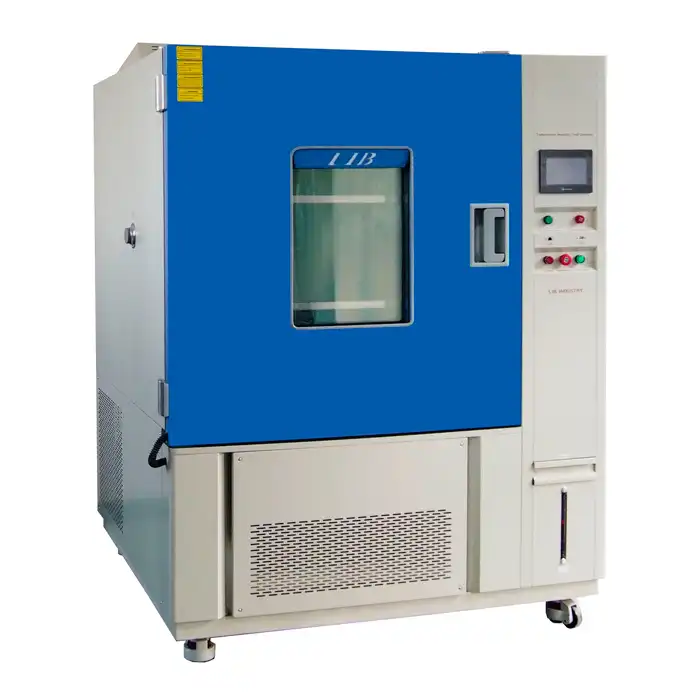What is the difference between a small humidity chamber and a large one?
Humidity chambers play a crucial role in environmental testing across various industries. Whether you're dealing with electronics, pharmaceuticals, or materials research, understanding the distinctions between small and large humidity chambers is essential for choosing the right equipment for your needs. In this comprehensive guide, we'll explore the key differences between small humidity chambers and their larger counterparts, helping you make an informed decision for your testing requirements.

Size and Capacity: Exploring the Spectrum of Humidity Chambers
Dimensions and Internal Volume
The most apparent difference between small and large humidity chambers lies in their physical dimensions. Small humidity chambers typically have internal volumes ranging from 20 to 200 liters, making them ideal for testing smaller components or products. Large humidity chambers, on the other hand, can boast capacities of 1,000 liters or more, accommodating sizable equipment or multiple test samples simultaneously.
Footprint and Space Requirements
Small humidity chambers are designed with space efficiency in mind. Their compact footprint allows for easy integration into laboratory settings or production lines with limited floor space. Large humidity chambers, while offering greater capacity, require more substantial floor area and may necessitate dedicated testing facilities.
Sample Accommodation
The size difference directly impacts the types and quantities of samples that can be tested. Small humidity chambers are well-suited for individual components, circuit boards, or small assemblies. Large chambers can accommodate entire products, multiple batches, or even vehicles, depending on their size.
Performance Characteristics: Comparing Capabilities
Temperature and Humidity Control
Both small and large humidity chambers are designed to maintain precise environmental conditions, but larger chambers tend to provide more stable and uniform conditions due to their greater internal volume. On the other hand, small humidity chambers excel in achieving rapid changes in temperature and humidity, making them well-suited for cyclic testing of smaller components or products that require quick environmental transitions for reliability testing.
Uniformity and Gradient Management
Maintaining uniform conditions throughout the chamber is essential for obtaining reliable and reproducible results. Large humidity chambers typically use advanced air circulation systems that help distribute air evenly, ensuring consistent temperature and humidity across the entire space. While small humidity chambers are effective for many tests, they may exhibit slight variations in conditions, especially near walls, corners, or in areas far from the airflow source, which can impact the accuracy of certain tests.
Ramp Rates and Recovery Times
Small humidity chambers are particularly effective for rapid temperature and humidity changes, making them ideal for accelerated stress testing or thermal shock simulations, where quick shifts are essential. Their compact size allows for faster adjustment of environmental conditions, reducing test cycle time. On the other hand, large chambers, while capable of accommodating more extensive testing, may take longer to reach equilibrium, requiring additional time for stabilization of temperature and humidity levels throughout the larger space.
Applications and Versatility: Tailoring to Specific Needs
Industry-Specific Requirements
The decision between large and small humidity chambers often hinges on the specific needs of the industry and the size of the products being tested. Small chambers are widely used in electronics testing, pharmaceutical stability studies, and materials research, where space constraints and precise control are critical. Large chambers, on the other hand, are essential for automotive testing, aerospace applications, and validating large-scale products, offering ample room for more complex and expansive tests.
Scalability and Future-Proofing
When evaluating long-term testing requirements, the scalability of humidity chambers is an important consideration. Small chambers offer versatility for various testing needs but may eventually restrict future growth. In contrast, large chambers offer ample space for expansion, making them ideal for accommodating evolving product lines, increasing testing demands, or the addition of new testing parameters as your operations expand over time.
Cost Considerations and ROI
When evaluating long-term testing needs, scalability is crucial in selecting a humidity chamber. Small chambers offer flexibility for a wide range of applications but may limit future capacity as product lines expand or testing demands grow. Large chambers, on the other hand, provide significant room for growth, allowing for the integration of new testing parameters, accommodating larger products, or scaling up operations to meet increased testing volumes without needing to upgrade frequently.
Conclusion
The choice between a small humidity chamber and a large one ultimately depends on your specific testing requirements, available space, and long-term objectives. Small humidity chambers offer precision, rapid response, and space efficiency, making them ideal for component-level testing and research applications. Large humidity chambers provide unparalleled capacity, uniform conditions, and versatility for comprehensive product validation and industry-specific testing. By carefully evaluating your needs and considering the unique advantages of each option, you can select the optimal humidity chamber to enhance your environmental testing capabilities and drive innovation in your field.
Contact Us
For expert guidance on selecting the right humidity chamber for your specific needs, contact LIB Industry. Our team of specialists is ready to provide tailored solutions and comprehensive support for all your environmental testing requirements. Reach out to us at info@libtestchamber.com to explore how we can elevate your testing processes and ensure product reliability in any environment. We offer a wide range of humidity chambers with advanced features, from compact models to large - scale ones for industrial use, all designed to meet diverse industry standards and budgets.
References
1. Johnson, A. R. (2019). Environmental Testing Chambers: A Comprehensive Guide. Journal of Quality Assurance in Manufacturing, 45(3), 217-232.
2. Smith, L. K., & Chen, Y. (2020). Comparative Analysis of Small and Large Humidity Chambers in Electronics Testing. IEEE Transactions on Reliability, 69(4), 1356-1370.
3. Patel, N., & Williams, R. (2018). Optimizing Humidity Chamber Selection for Pharmaceutical Stability Studies. International Journal of Pharmaceutical Sciences and Research, 9(11), 4678-4690.
4. Thompson, E. M., & Garcia, C. (2021). Scaling Environmental Testing: From Small Components to Large Systems. Advances in Materials Science and Engineering, vol. 2021, Article ID 9876543.
5. Yamamoto, H., & Lee, S. (2022). Energy Efficiency in Environmental Testing: A Comparison of Small and Large Humidity Chambers. Sustainable Energy Technologies and Assessments, 50, 101728.
6. Brown, D. A., & Rodriguez, M. (2020). Industry-Specific Applications of Humidity Chambers: Size Matters. Journal of Industrial Testing and Quality Control, 37(2), 189-204.



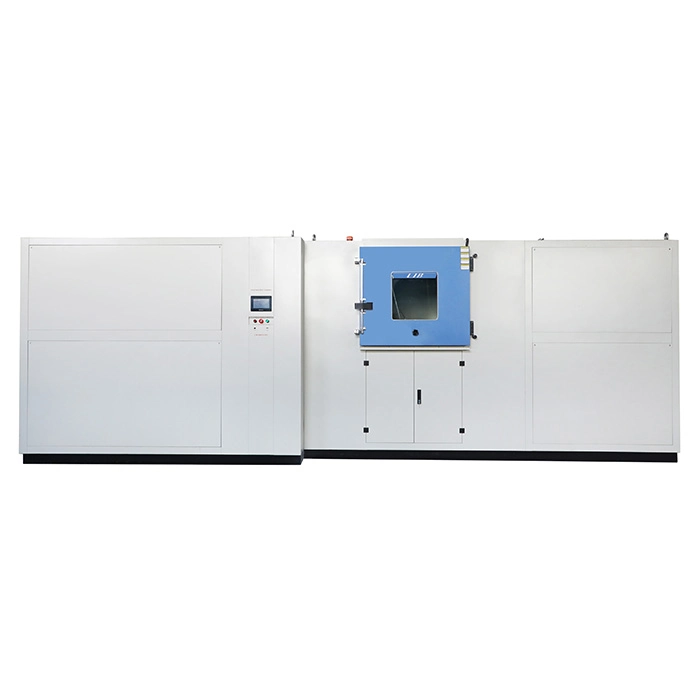
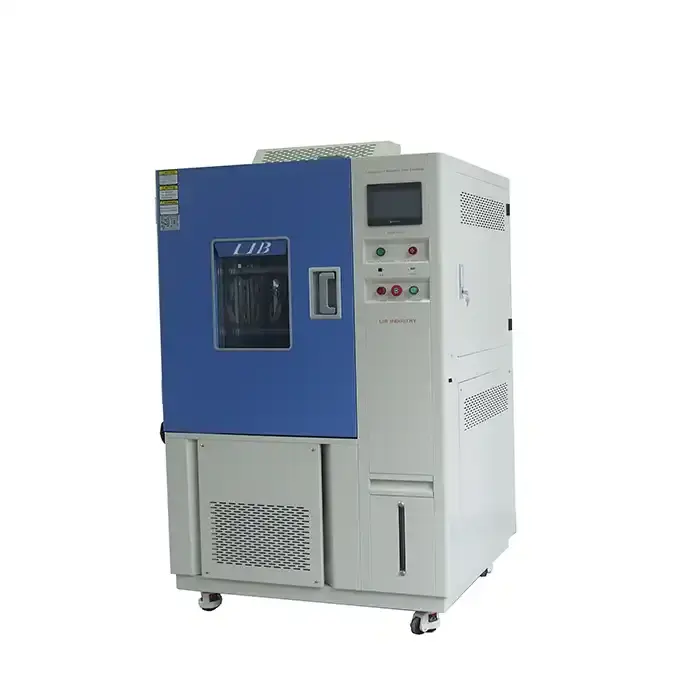
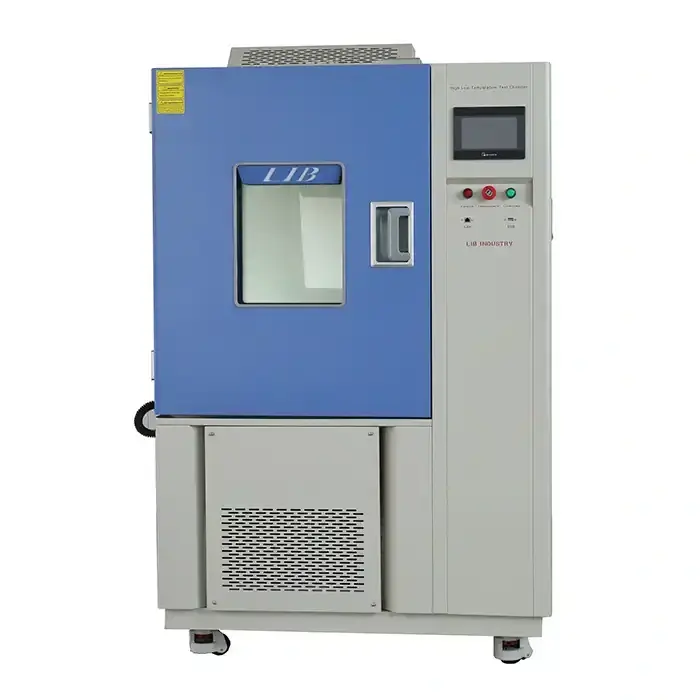
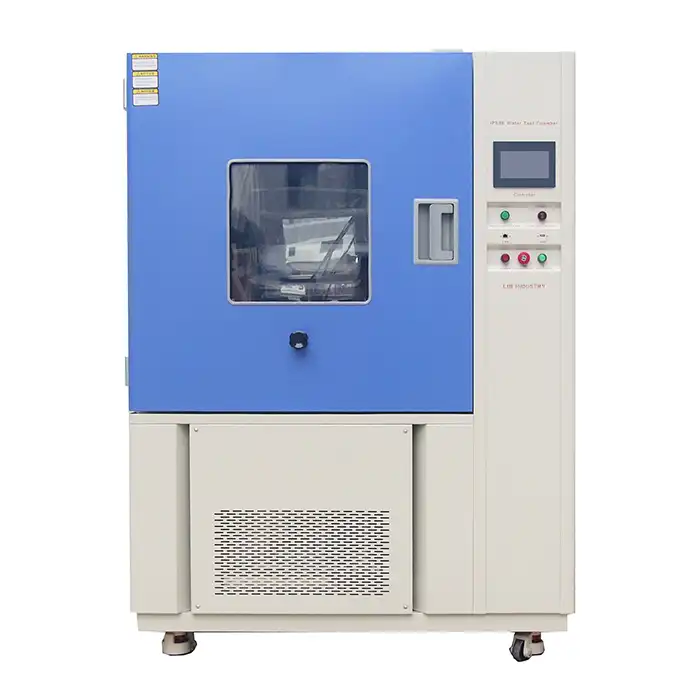
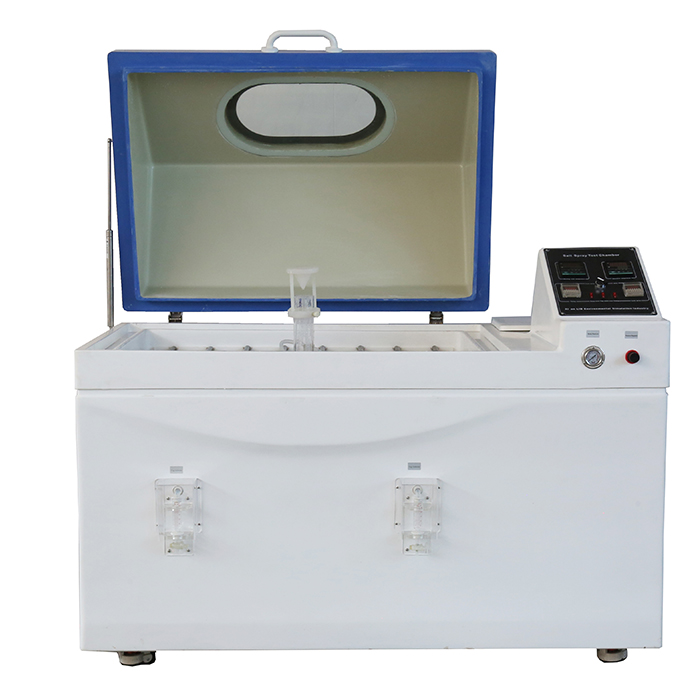
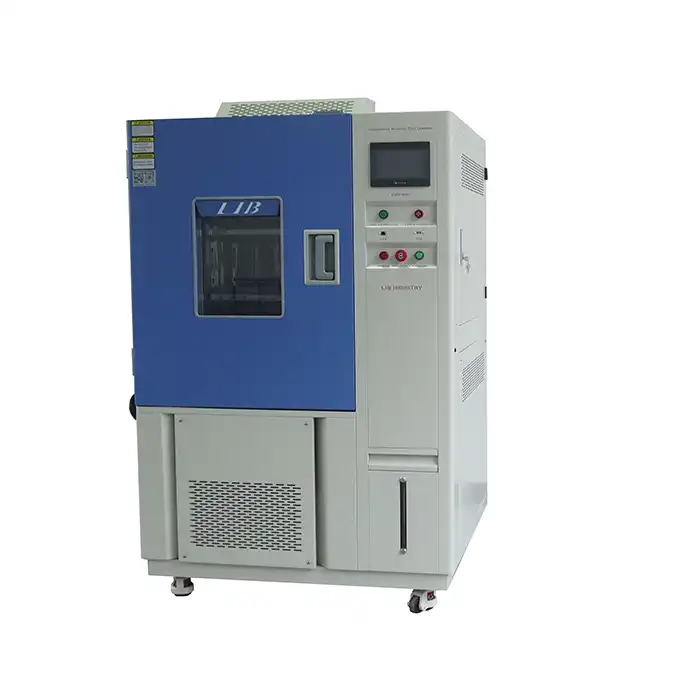
.webp)
